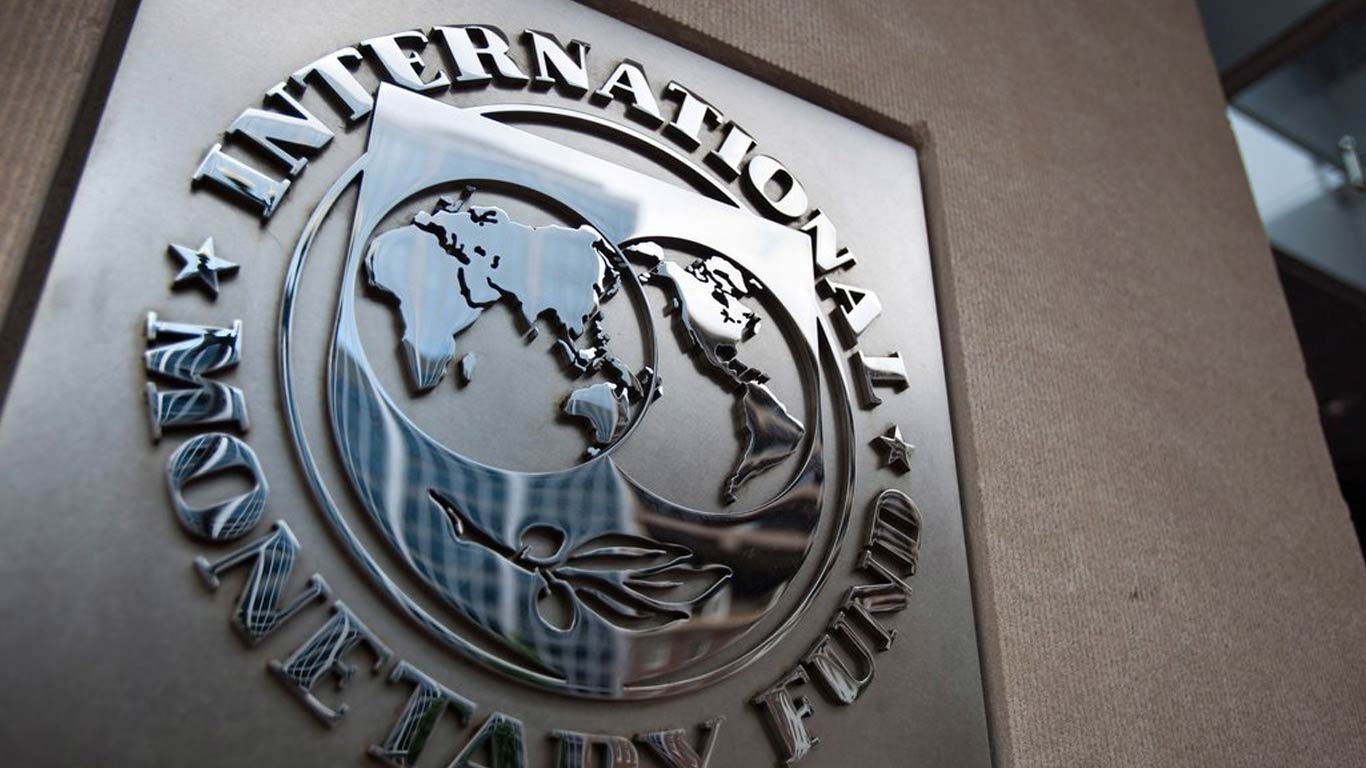Lack of understanding is barrier to accessing finance for SMEs: RBI
Updated: Sep 03, 2014 04:27:42pm

Addressing the Financial Inclusion Conclave of Dun and Bradstreet on Financial Intermediation for All – Economic Growth with Equity, she said, “Empowering Small Banks Alternate types of Payment Banks are also viable options. We also require effective financial literacy to bridge the gap to demand and supply of financial services.”
Financial Literacy has been given a great push by the RBI to help the poor people, better manage their finances and protect them against exploitation. RBI has also advised banks to organise literacy camps. Usage of Credit Bureau also helps to build credit histories and it affects how they are evaluated for credit. There are three sides of the triangle – Financial literacy, Financial Inclusion leading to Financial Stability, she said.
Financial Literacy is an important adjunct for promoting financial inclusion, consumer protection and ultimately financial stability, she added.
Further, she also said that RBI has advised banks to set up Financial Literacy Centre's (FLC) in all the districts of the country.
Banks have already set up around 942 FLCs as of March 2014. Banks have been further advised to scale up financial literacy efforts through conduct of outdoor Financial Literacy Camps, at least once a month, both by the FLCs and also by all the rural branches.
In order to ensure consistency in the messages reaching the target audience of financially excluded people during the Financial Literacy Camps, RBI has prepared a comprehensive Financial Literacy Guide containing Guidance Note for Trainers, Operational Guidelines for conduct of Financial Literacy Camps and Financial Literacy Material as also a Financial Diary and a set of 16 posters. Banks have been advised to use the material as a standard curriculum to impart basic conceptual understanding of financial products and services.
“While improving financial literacy is a necessary step in protecting consumer from exploitation or exclusionary practices, it is not a sufficient step. Regulation must be redesigned to ensure that while extending adequate precaution the poor are not kept within the financial services because of regulatory barriers,” she said.
Speaking about the roadmap for providing banking outlets in unbanked villages, Joshi said, “The Reserve Bank continued efforts to create a conducive and enabling environment for access to financial services to extend door step banking facilities in all the unbanked villages in a phase-wise manner.
“During Phase I, 74,414 unbanked villages with population more than 2,000 were identified and allotted to various banks through SLBCs for coverage through various modes, that is, branches, BCs or other modes such as ATMs and satellite branches etc. All these unbanked villages have been covered by opening banking outlets comprising 2,493 branches, 69,589 BCs and 2,332 through other modes,” she said.
In Phase II, under the roadmap for provision of banking outlets in unbanked villages with population less than 2,000, about 4,90,000 unbanked villages have been identified and allotted to banks for coverage in a time bound manner by March 31, 2016.
As per the progress reports received from SLBCs, banks had opened banking outlets in 183,993 unbanked villages by March 2014, comprising 7,761 branches, 163,187 BCs and 13,045 through other modes. The Reserve Bank is closely monitoring the progress made by the banks under the roadmap, RBI Executive Director added.
Implementation and monitoring of financial inclusion targets should focus on usage of bank accounts, and expand beyond transfer payouts. As the recent inter Media survey shows, only half the bank accounts have been active over the previous three months. In order to increase transactions, there should be clear communication to customers about the mission and banks should be incentivised to provide appropriate products that increase usage, Joshi said. (KNN/SD)











